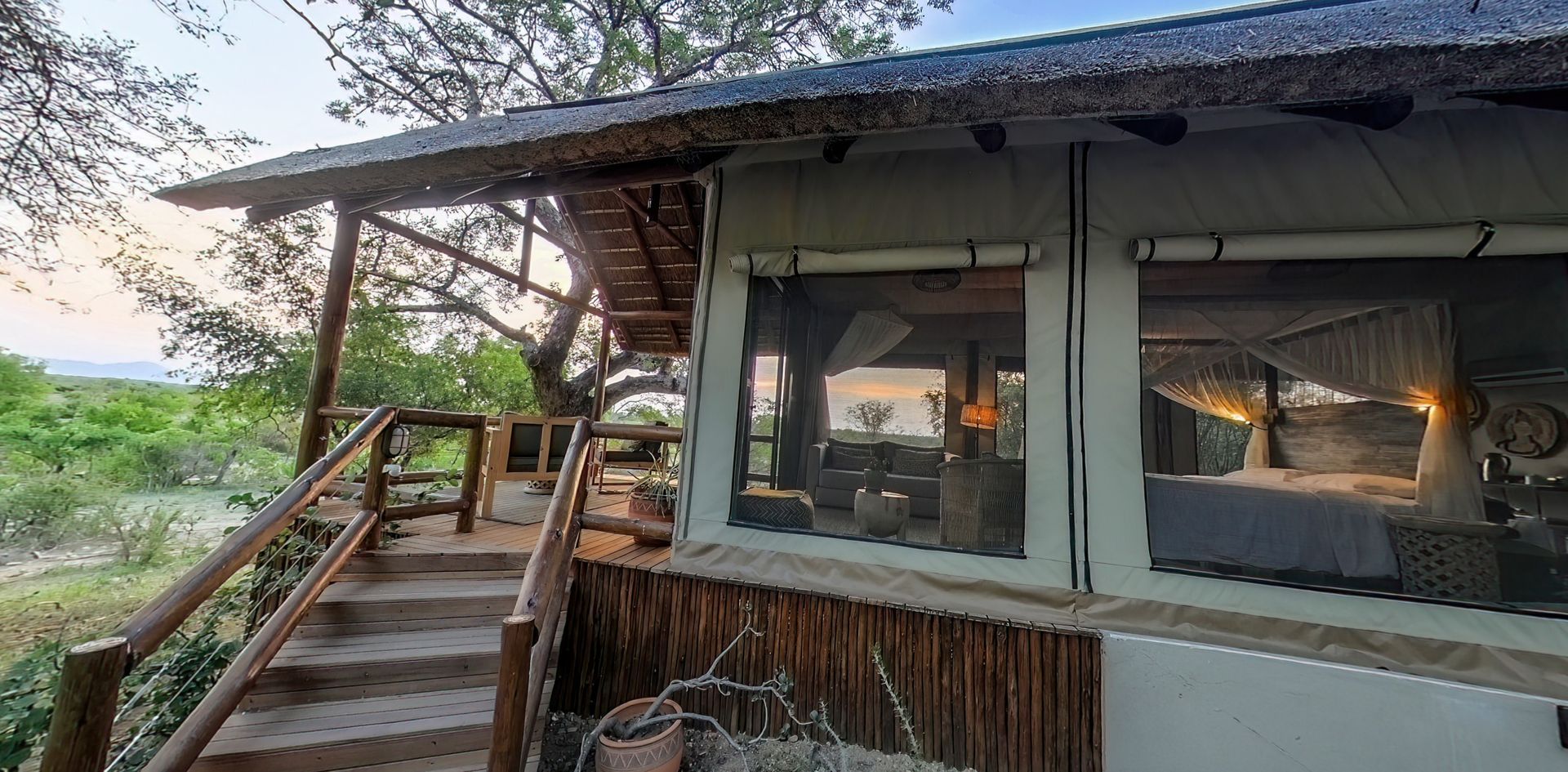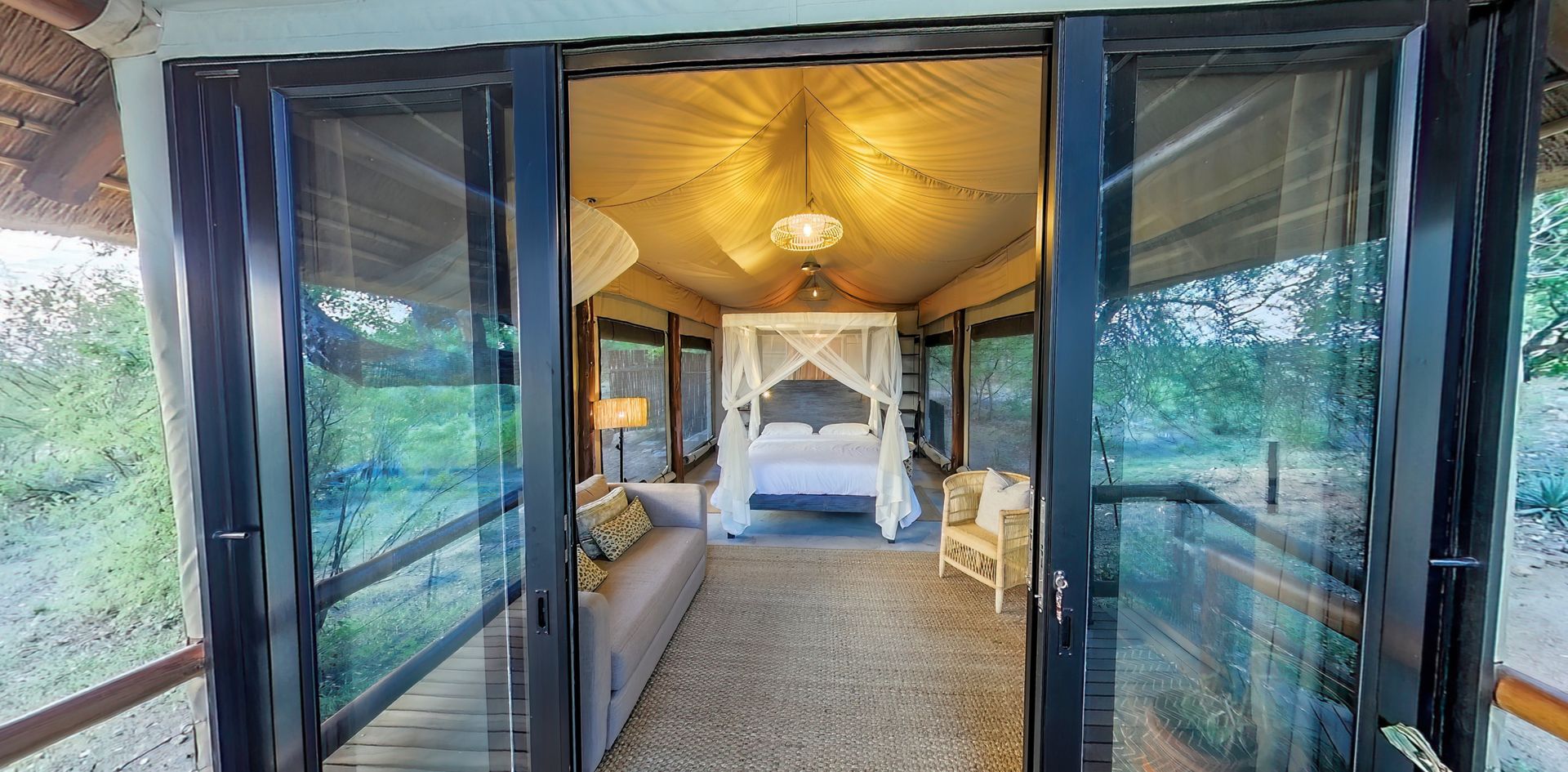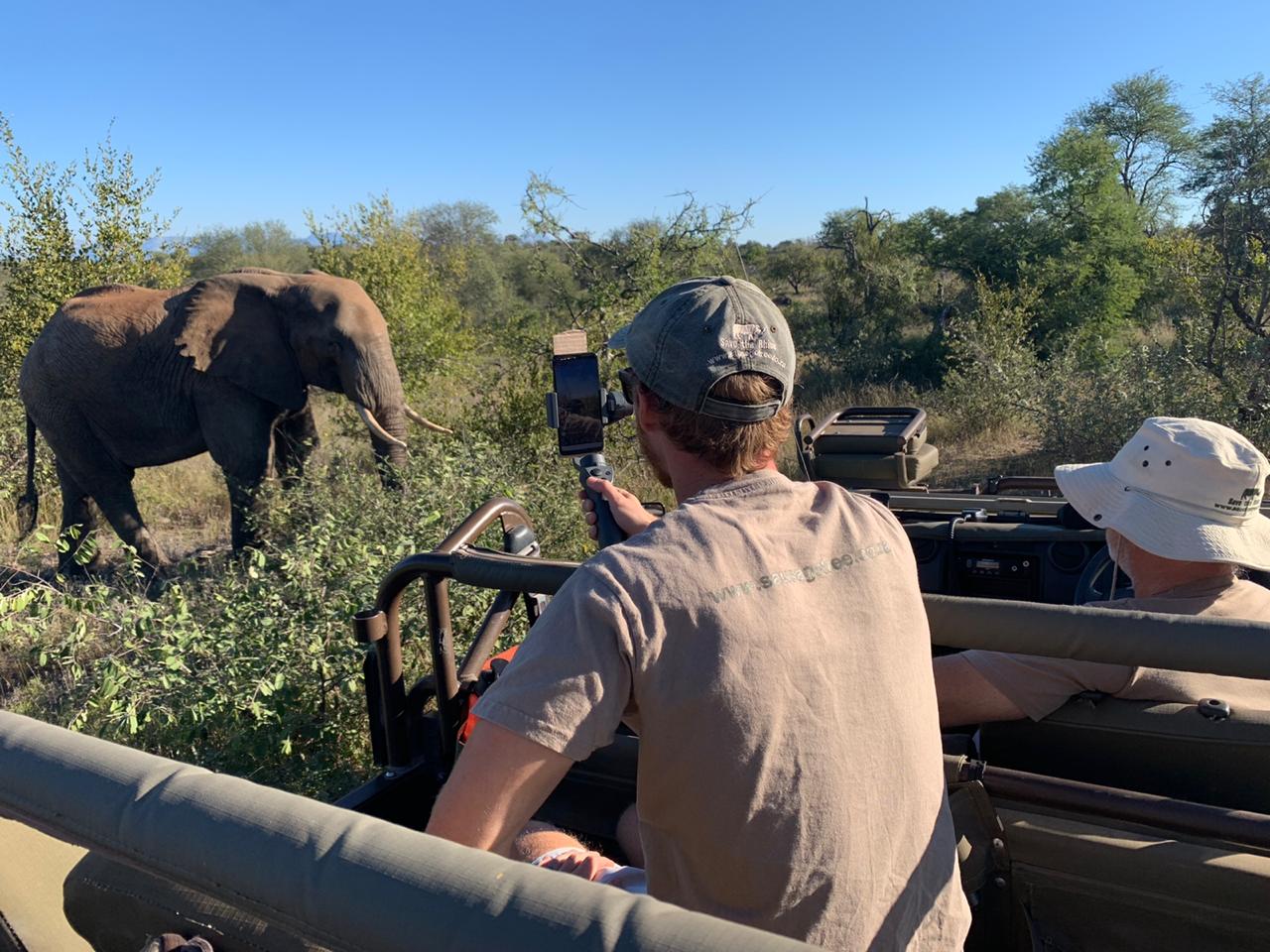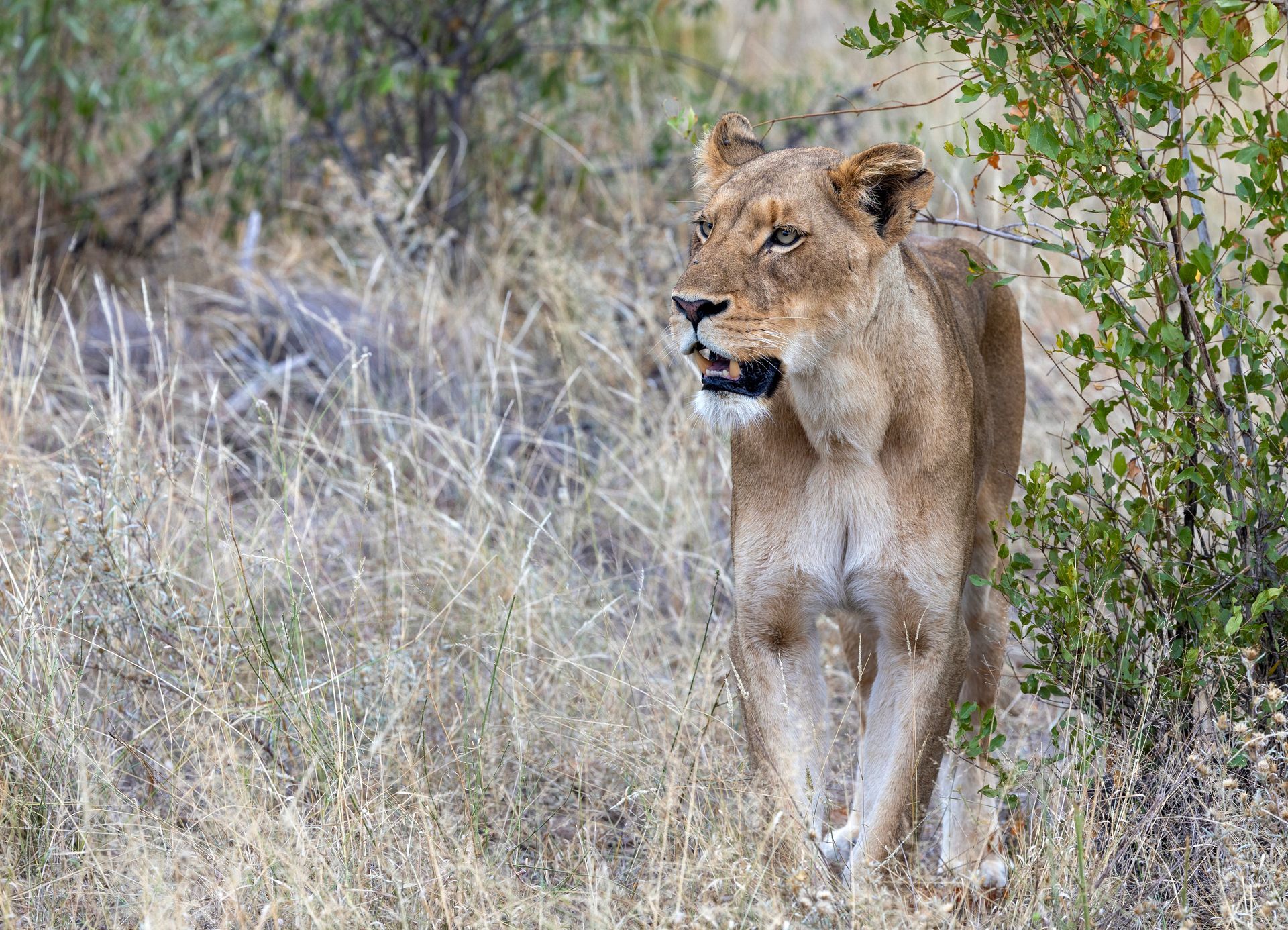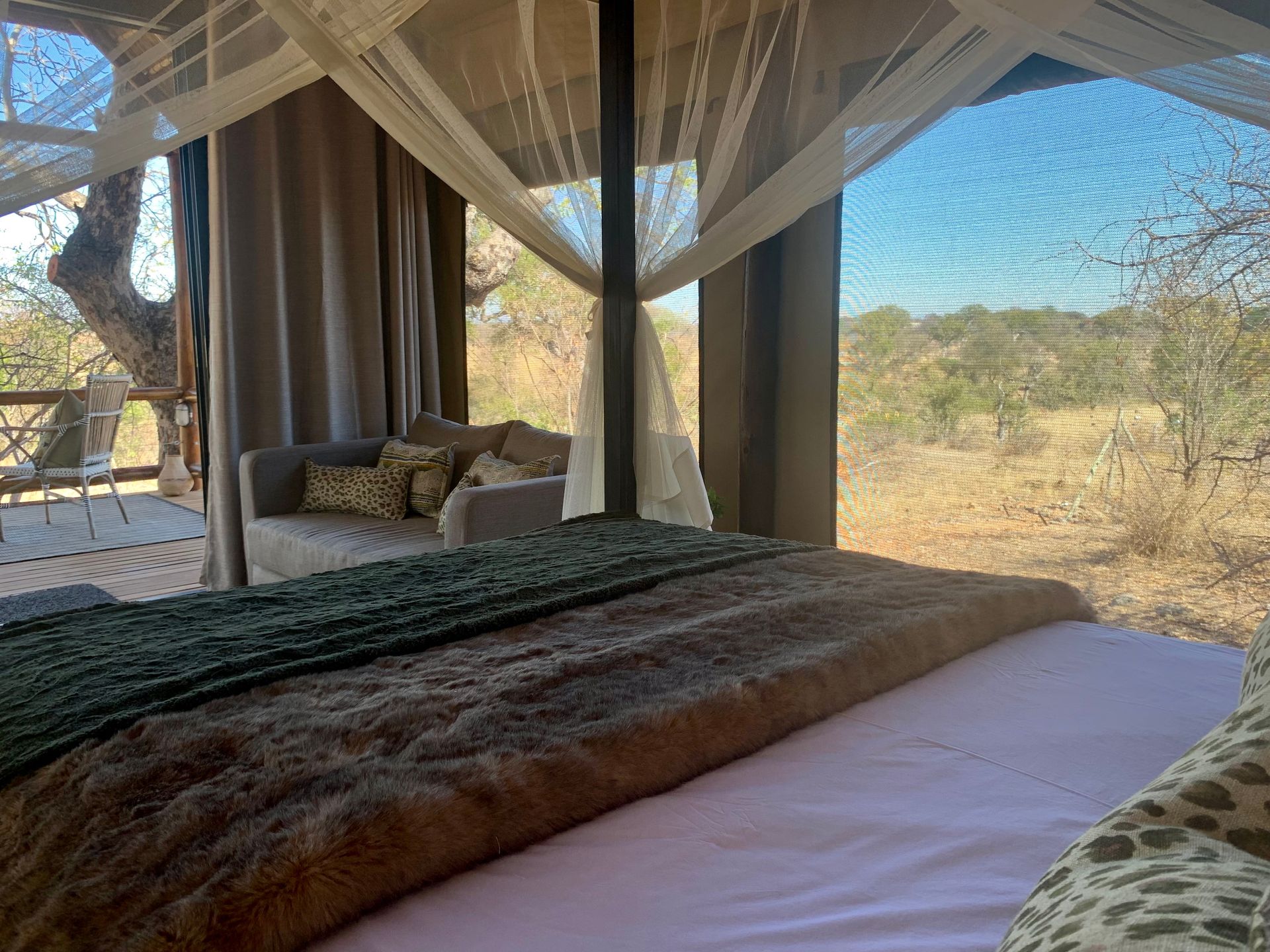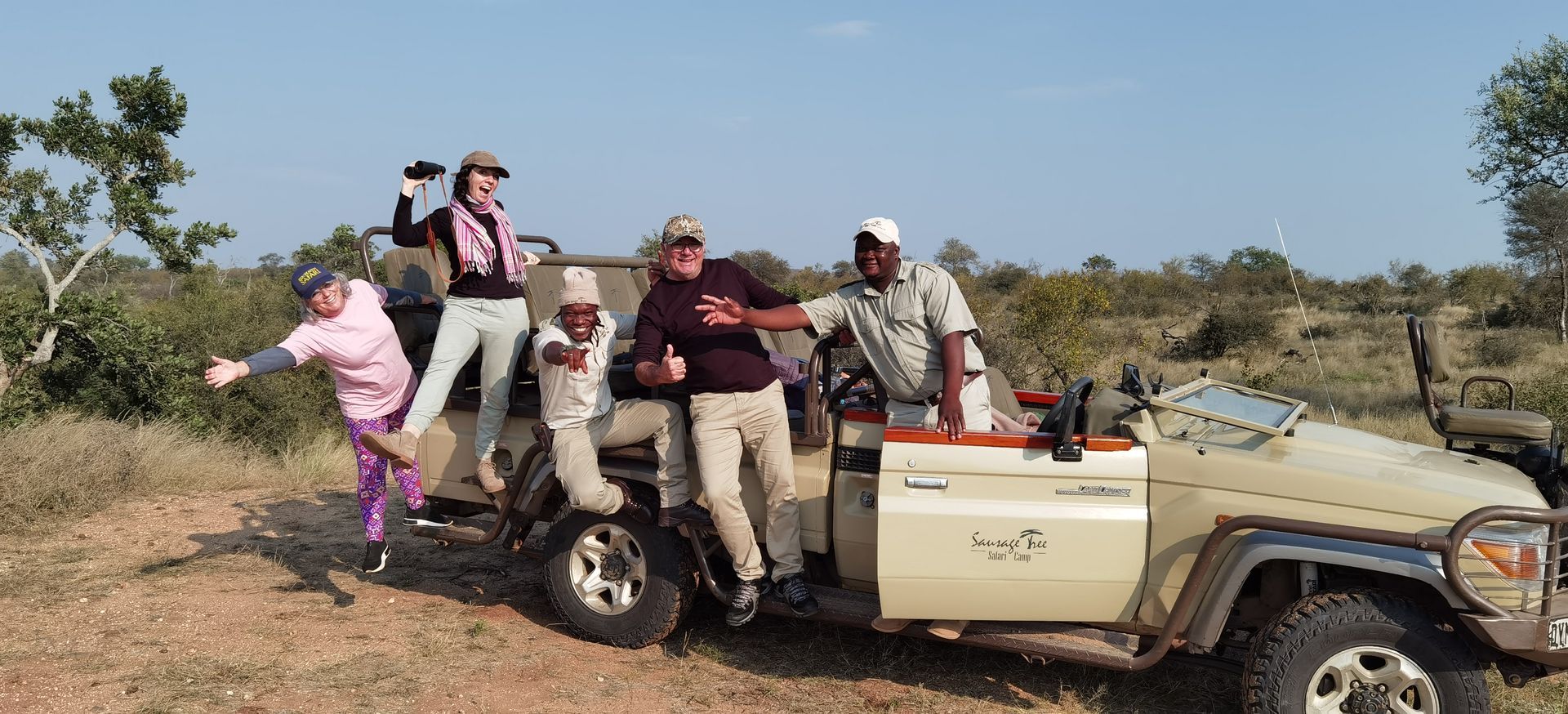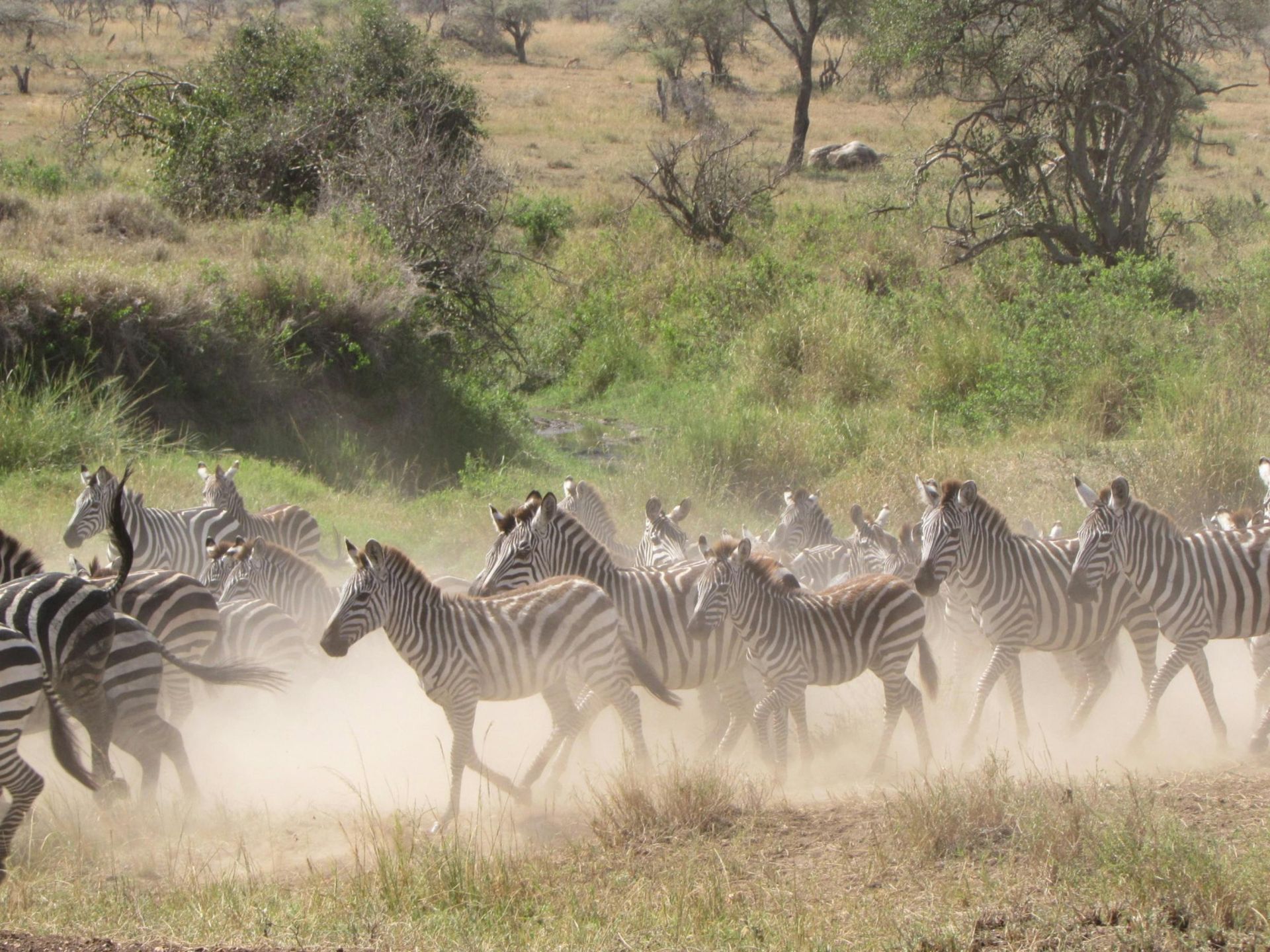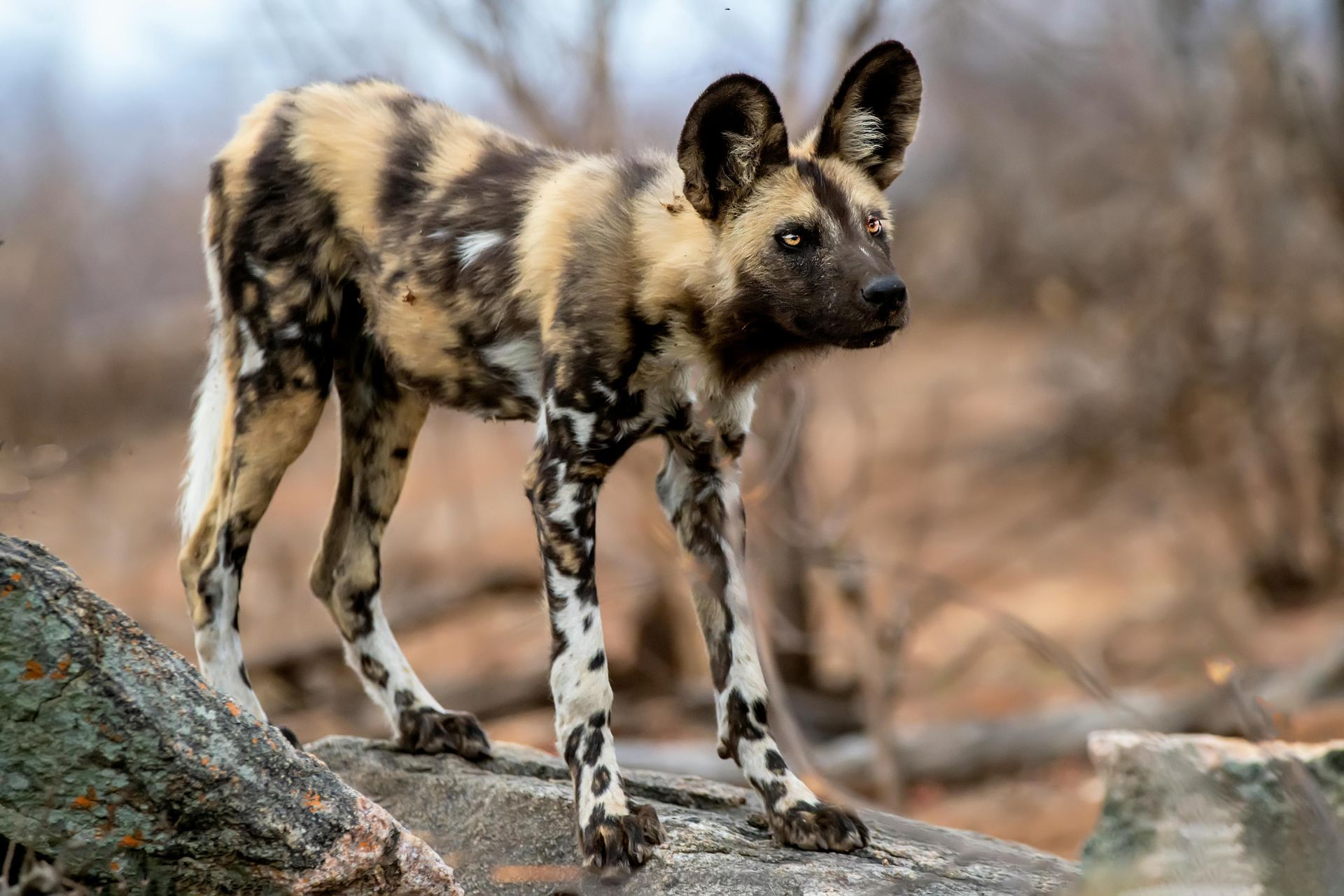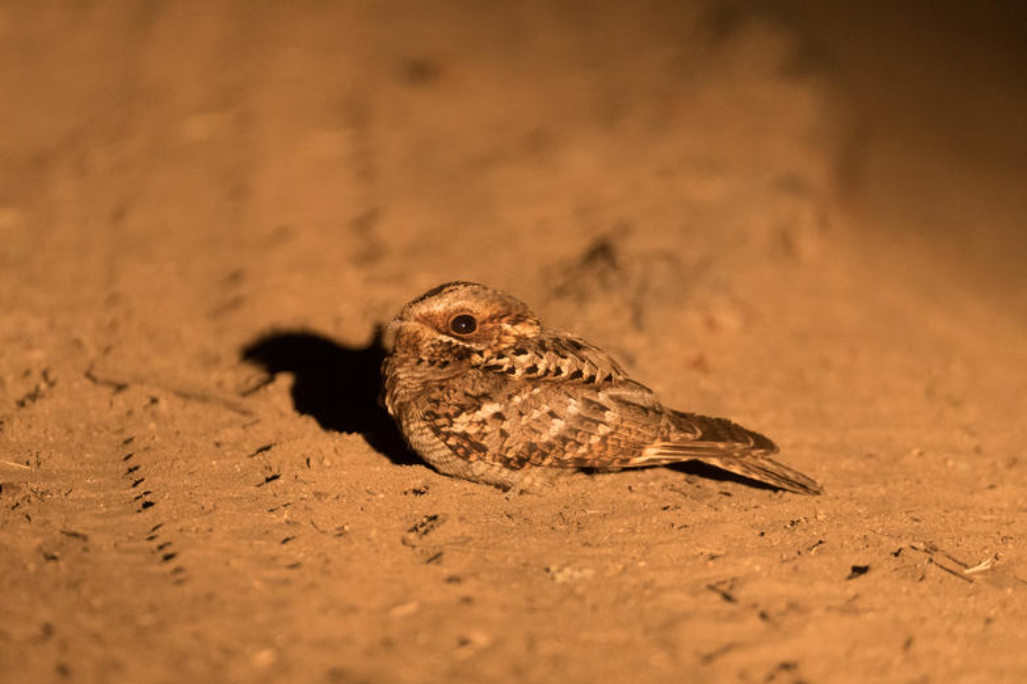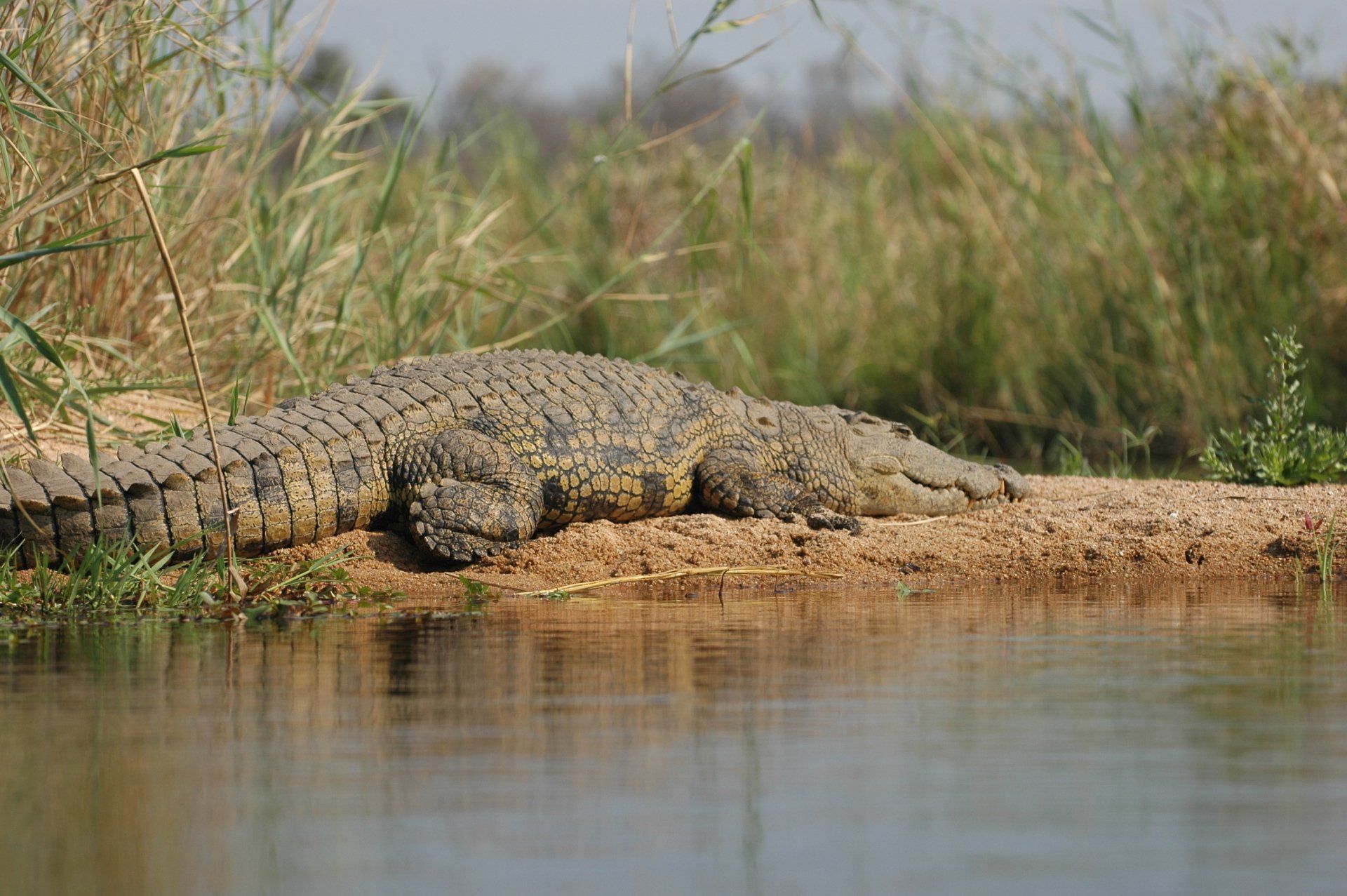Signs of the Changing Times
The incredible Knob Thorn tree
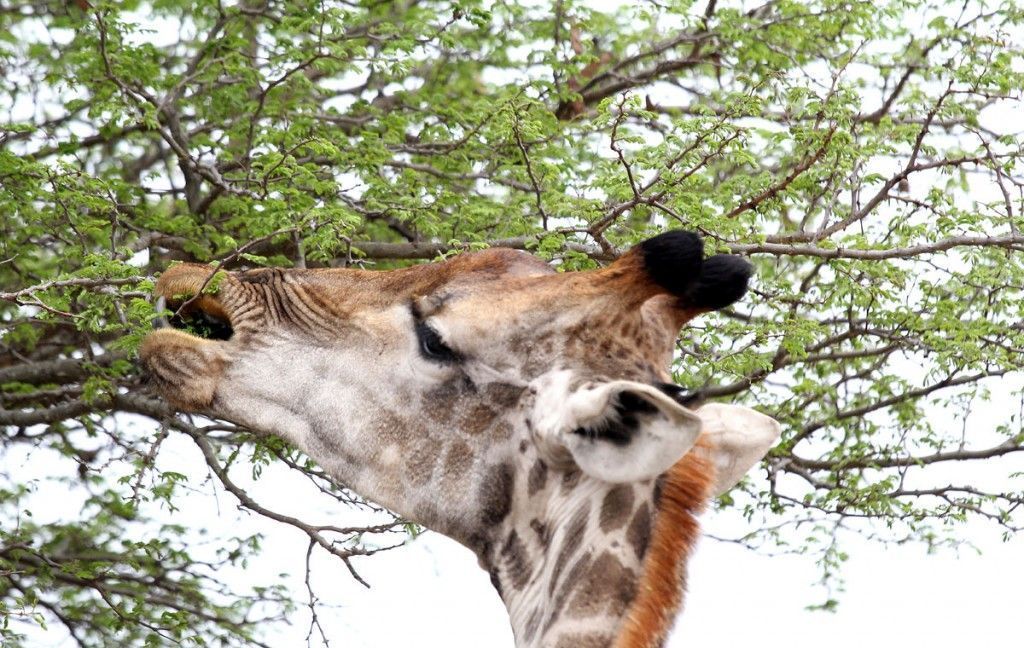
As we leave the long dry winter season behind us ,signs appear announcing changes are afoot, even before the arrival of the first rain.
Here in the Greater Kruger Lowveld .in the Olifants West Nature Reserve , the Knob thorn tree , Acacia nigrescens , is the first tree species to flower. The creamy white, sweetly scented flowers appear as early as August long before the first significant rains arrived , which this year was in the first week of October.
The Knob thorn is one of the most common species of tree in our Lowveld area and is also “hysteranthous“ which simply means it produces flowers before it leaves. This behaviour is normally explained as a way of facilitating wind and insect pollination . The mass of flowers bloom en masse which attract insects when there is little else competition and the wind is more effective on a leafless tree.
Certainly August has always been referred to as the windy month traditionally. So this appears to be a satisfactory explanation except it is not.
August is not a month when insects are around to pollinate.
Fortunately another much larger species is available : The giraffe.
This is thought to be uniquely the only example of a large mammal being a pollinator , which is usually a role played by birds , insects and bats. During the short flowering season it is estimated that the flowers make up as much as 40% of the giraffe’s diet. During feeding , vast quantities of pollen get stuck on the giraffe’s head and neck which then gets deposited on the next Knob thorn tree it visits. Covering as much as 15 kms distance in a day , the giraffe is a highly effective pollinator.
The younger Knob thorns exhibit knobs with a small black hooked thorn at its centre , on the newer branches of mature trees and on the trunks of younger trees. These highly prominent knobs give this tree species its common name as well as some degree of protection from herbivores.
When the leaves arrive they are small but highly nutritious interspersed with pairs of fishhook type thorns. The giraffe’s 50cm long very tough tongue and inner mouth parts have no trouble in stripping off the leaves.
The wood is hard and resistant to fire and termites and in bygone days was used for railway sleepers , mine props and fencing posts. The bark has a high level of tannin that is used for leather tanning.
Traditional medicine applications from the grinding of the knobs into powder , range from pain killer , salve for eye infections, breast enhancements and aphrodisiac.
